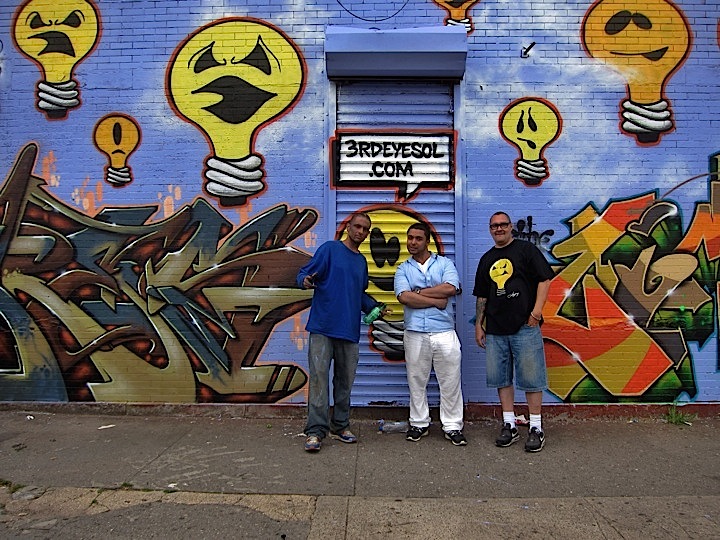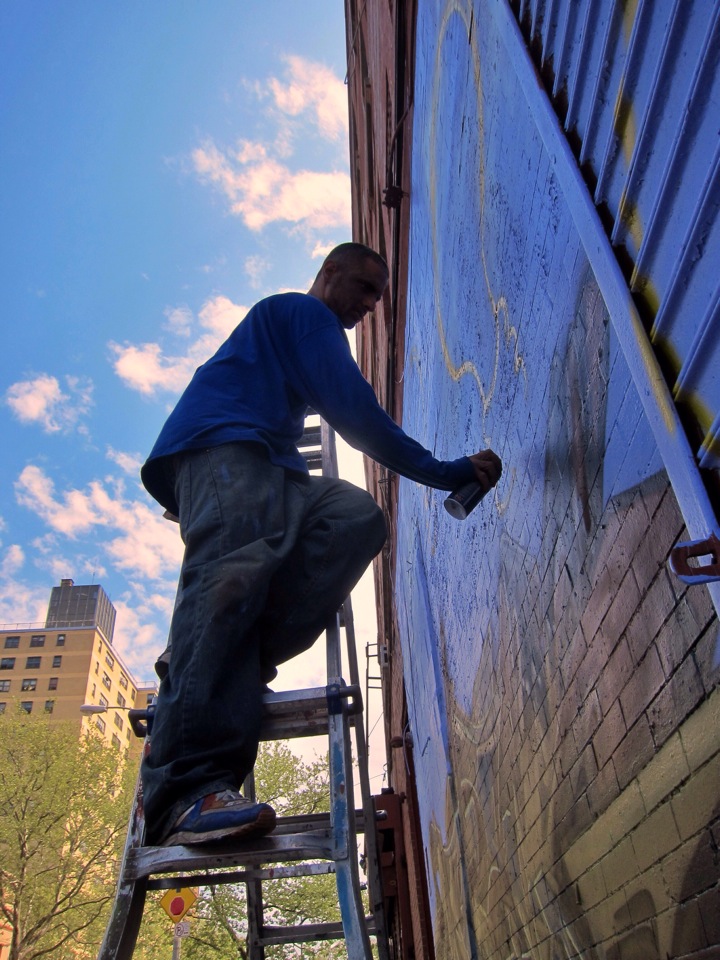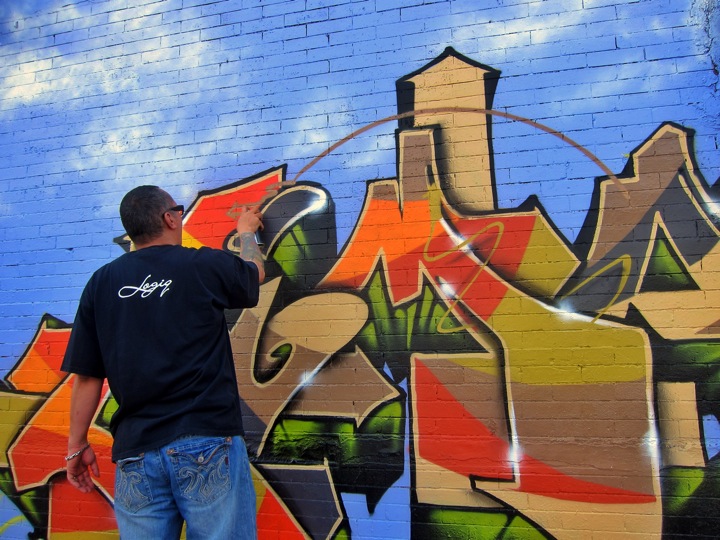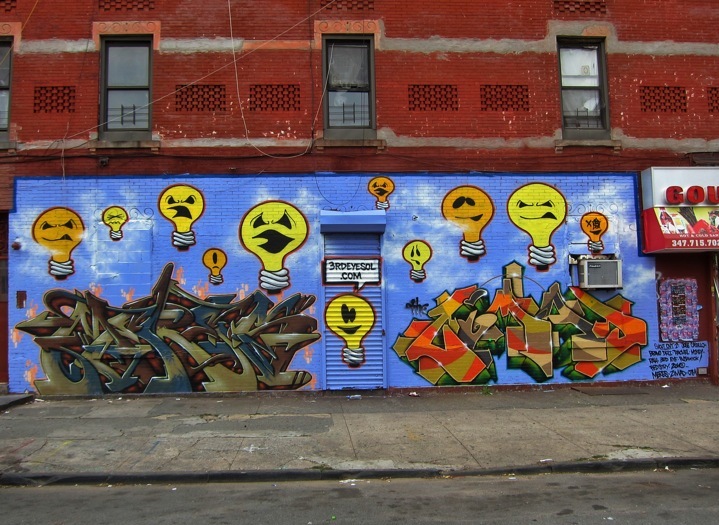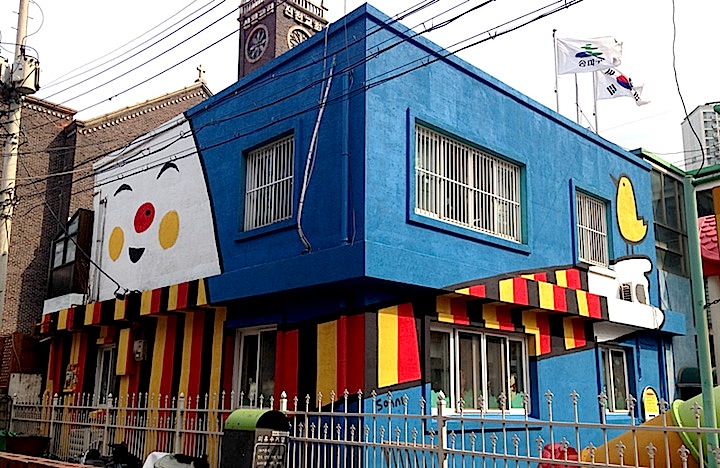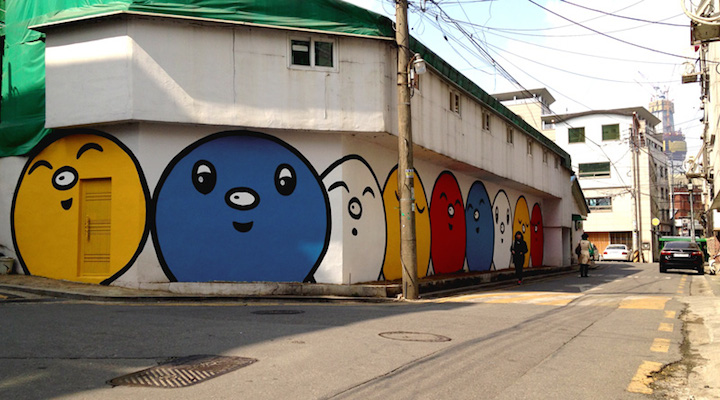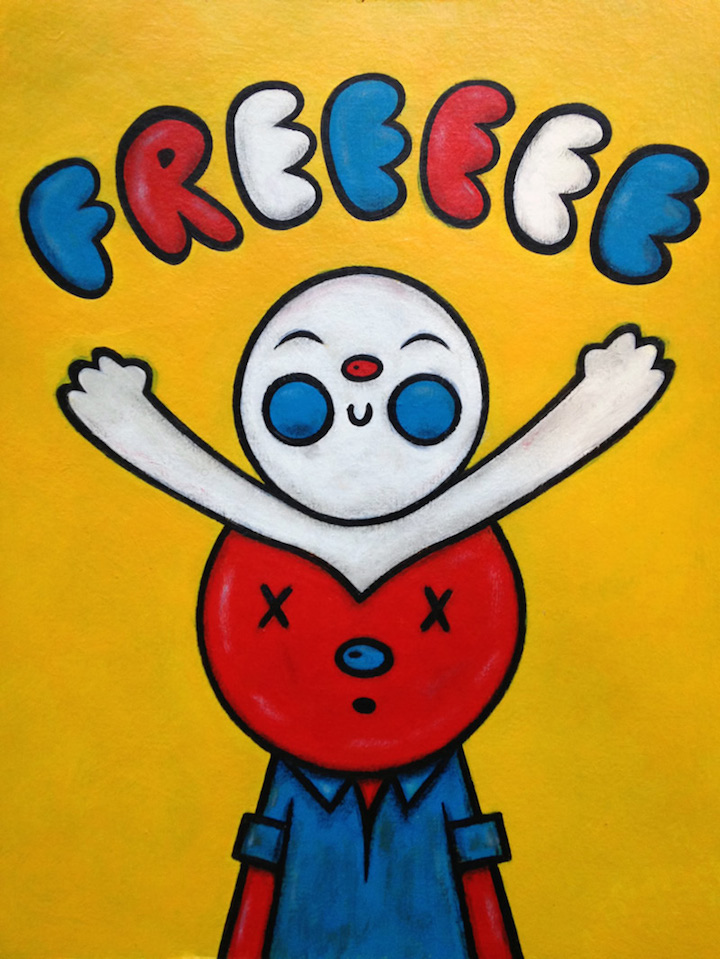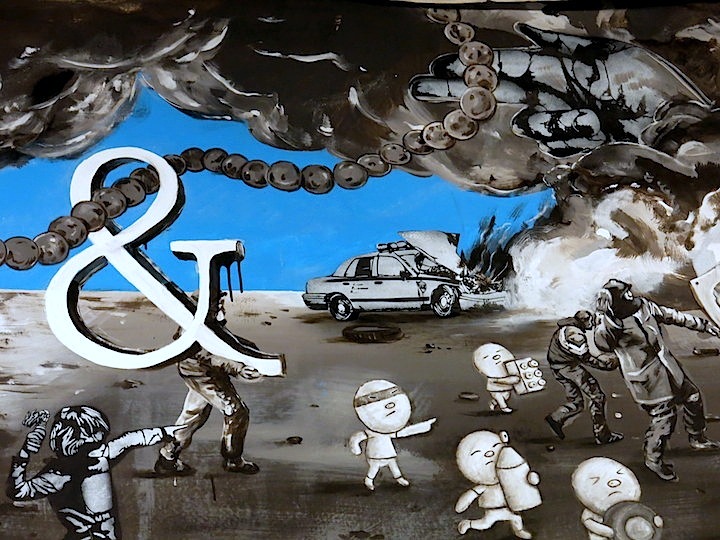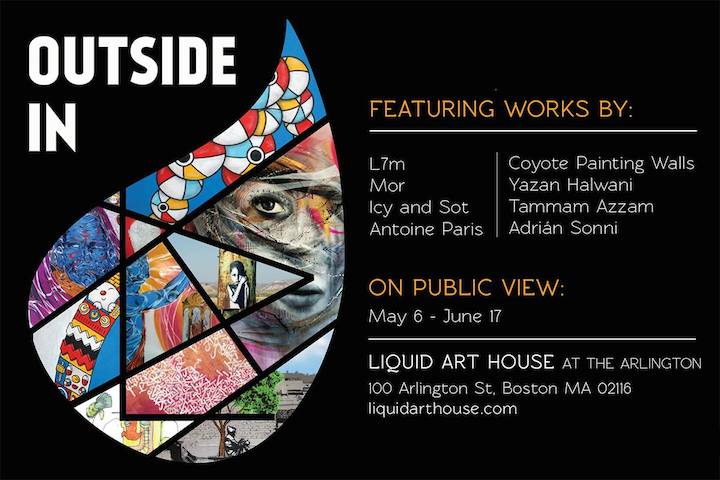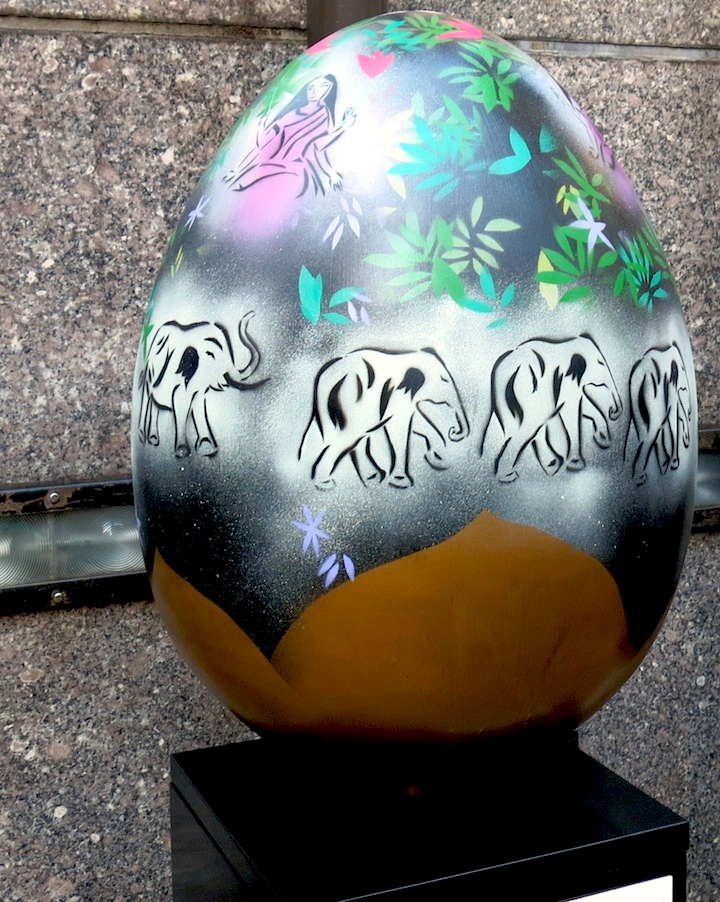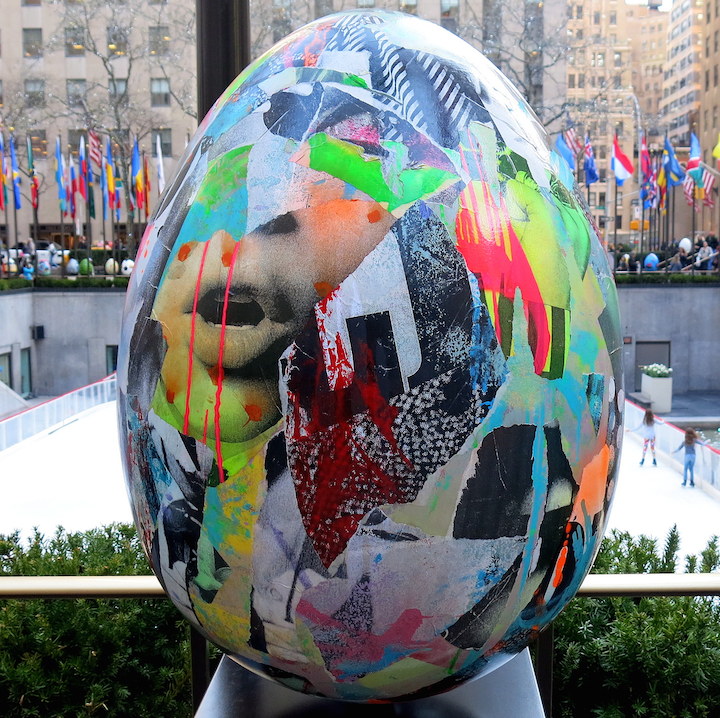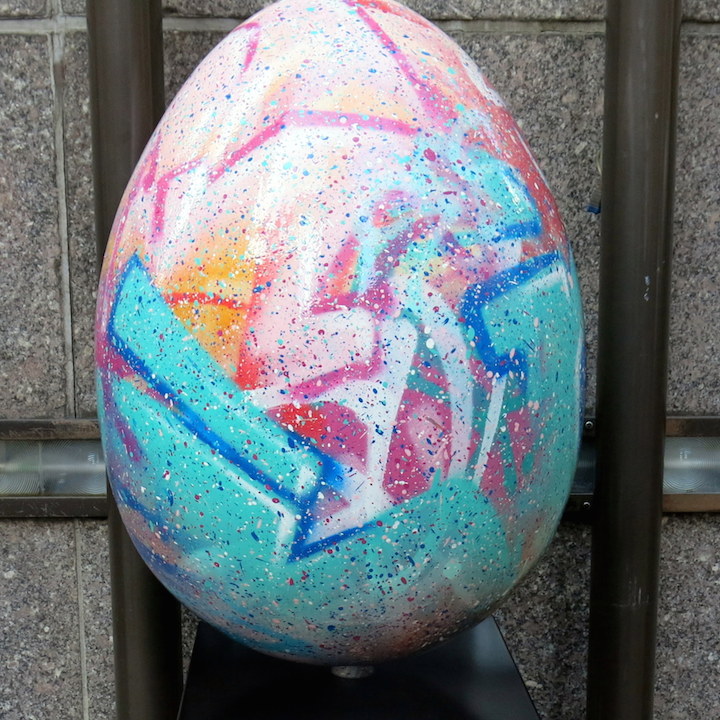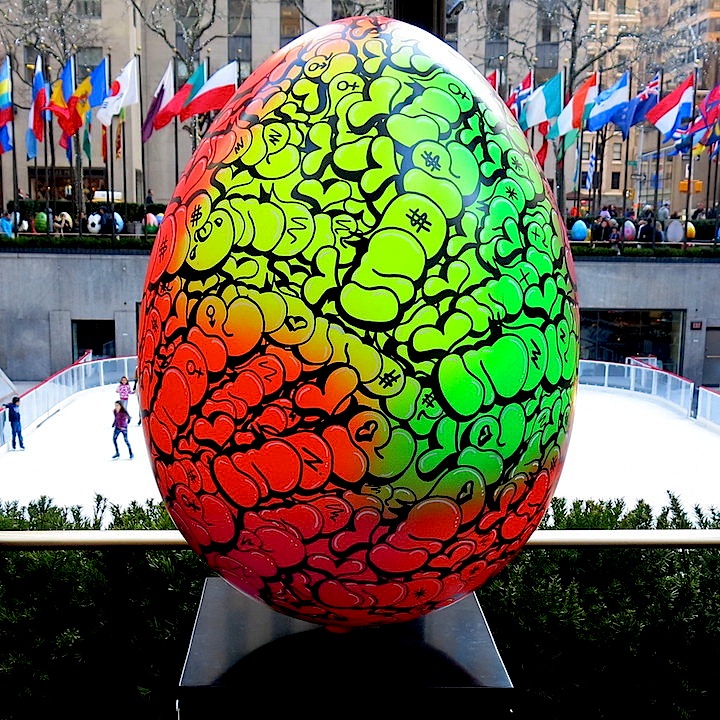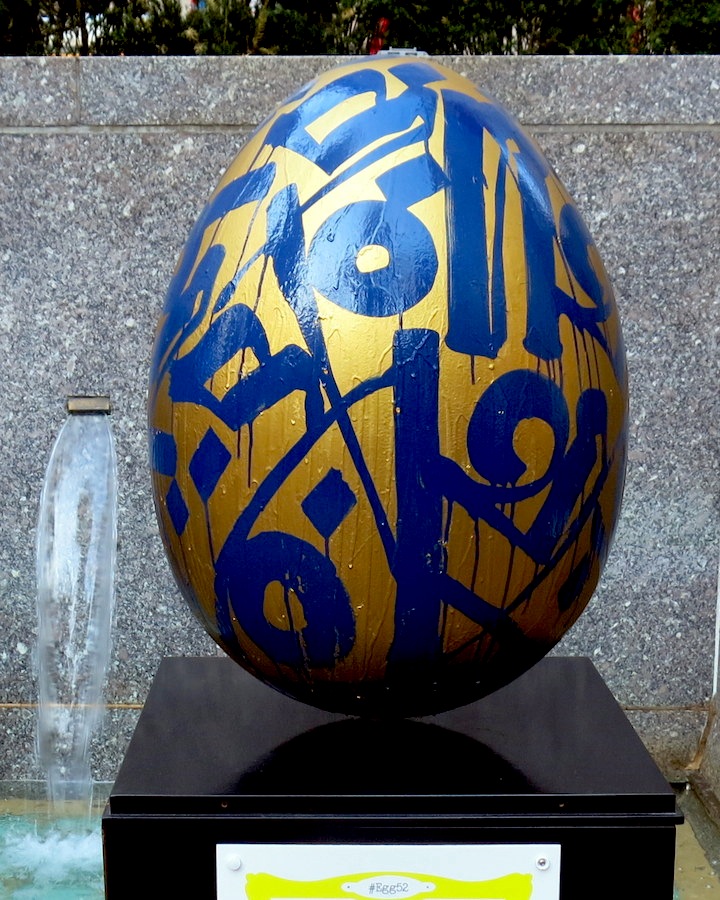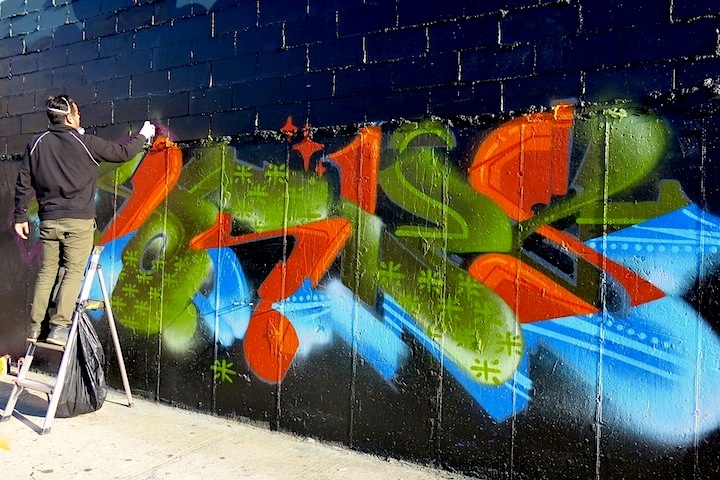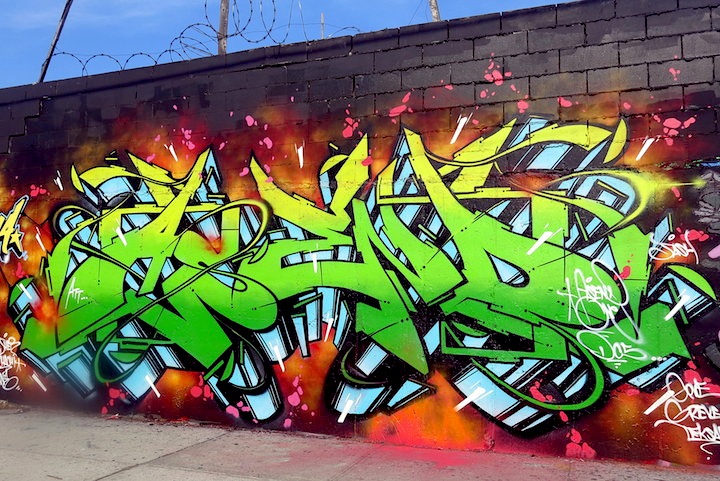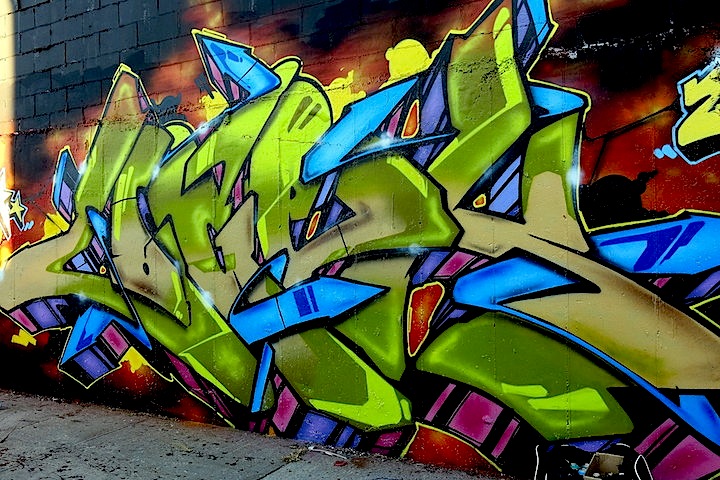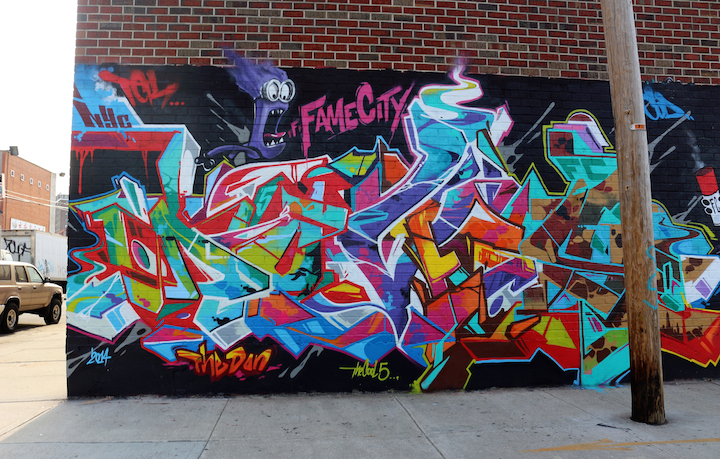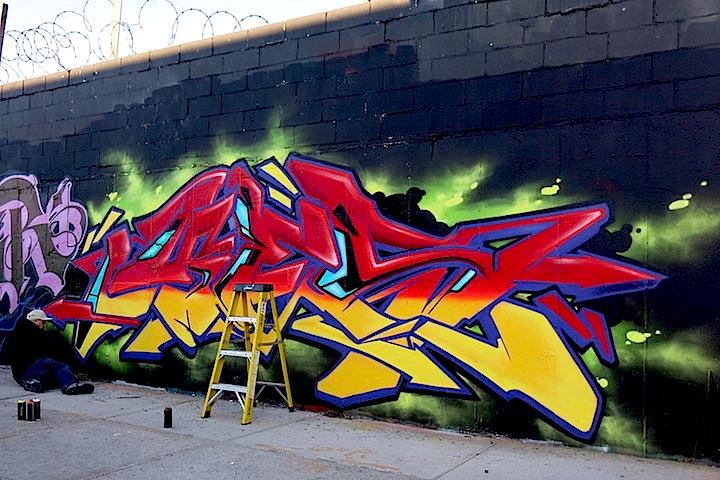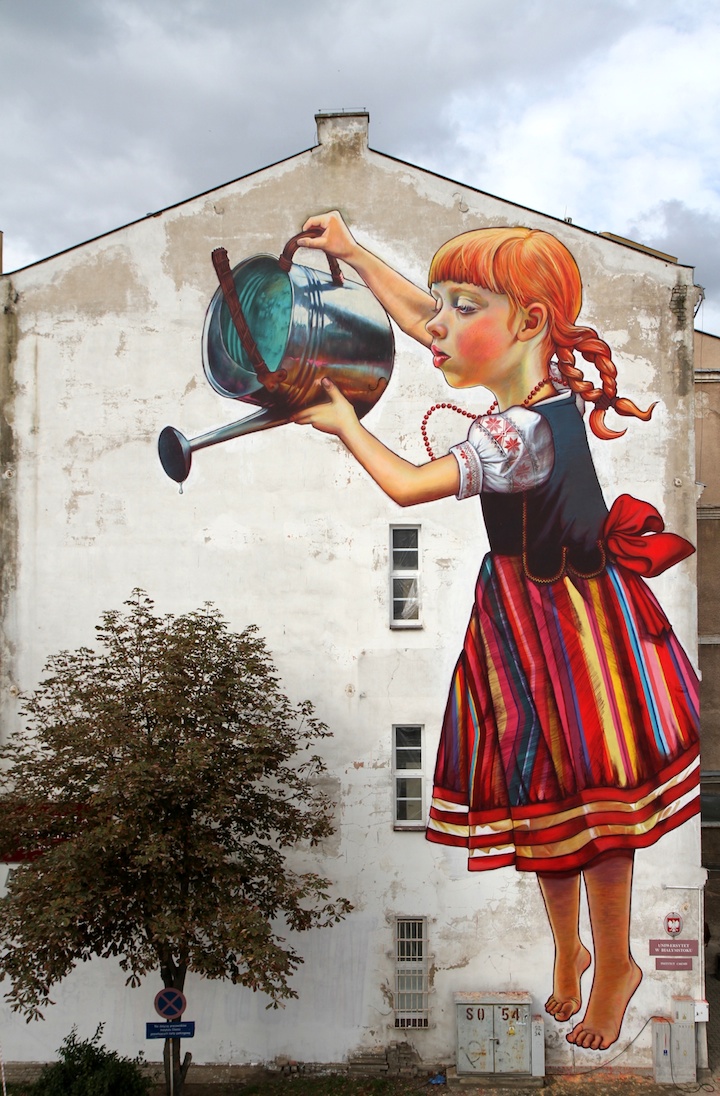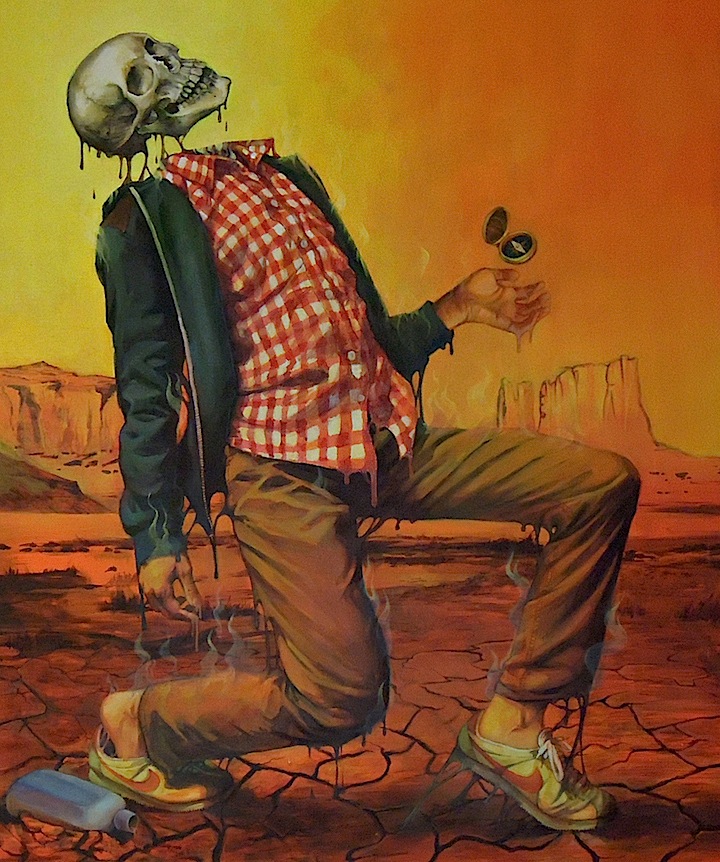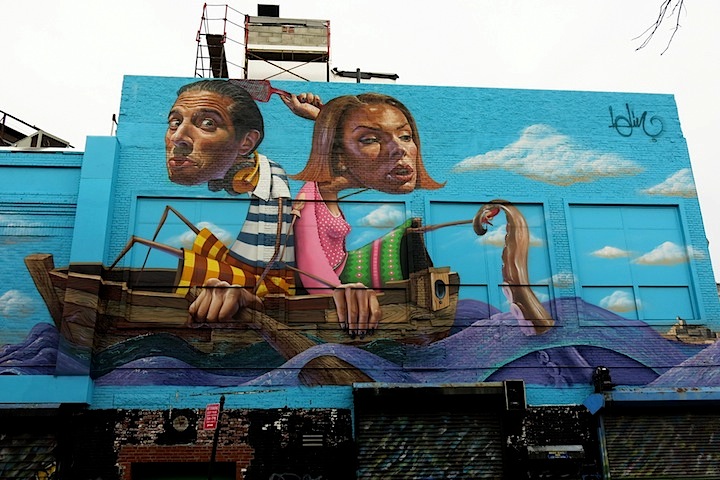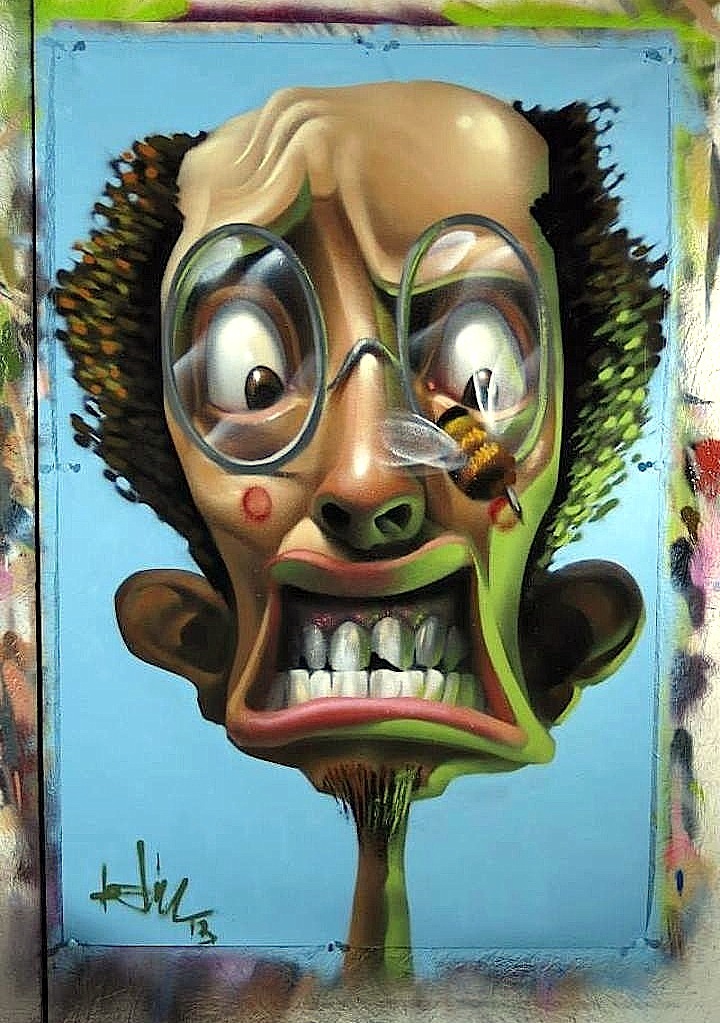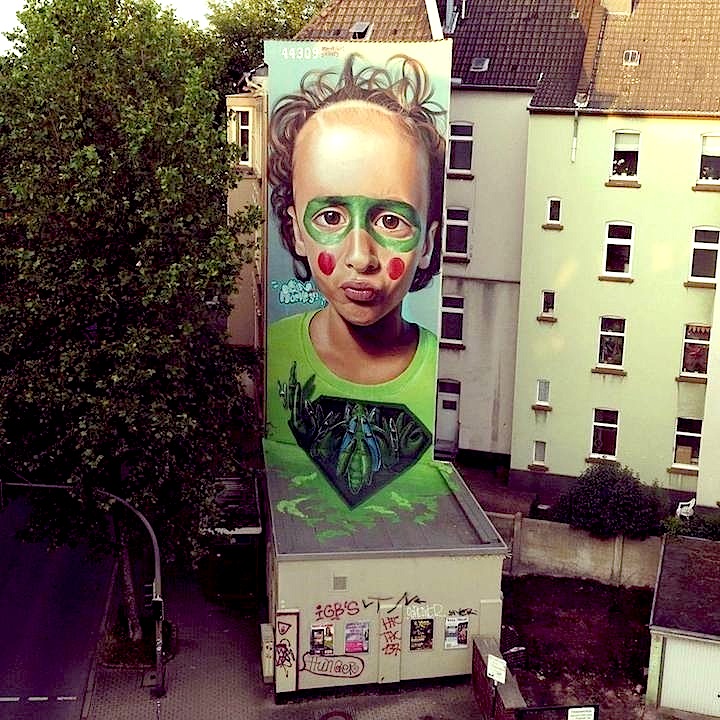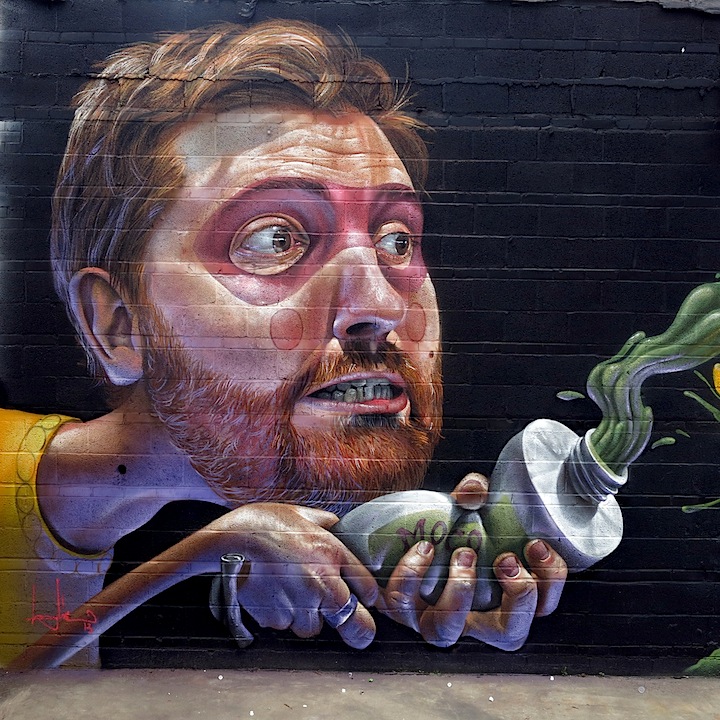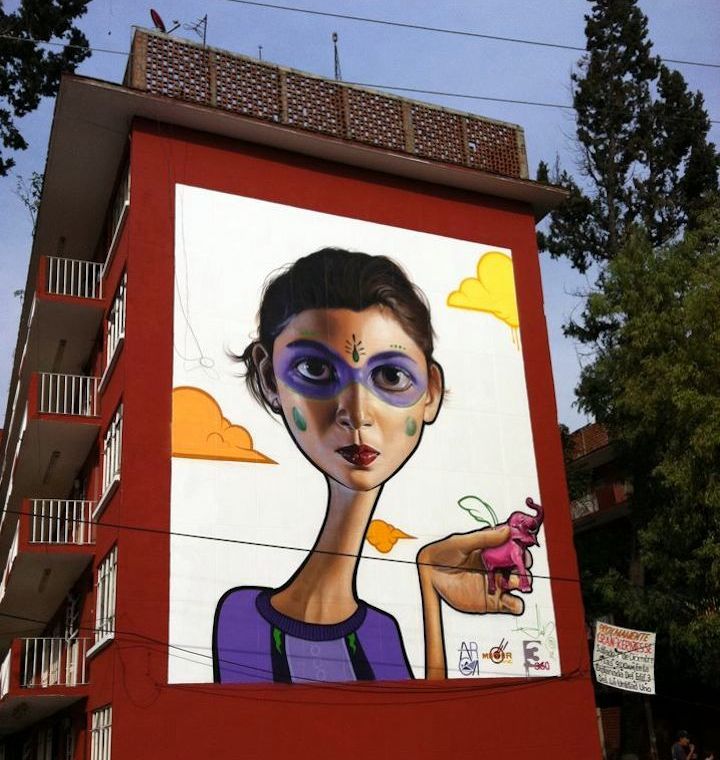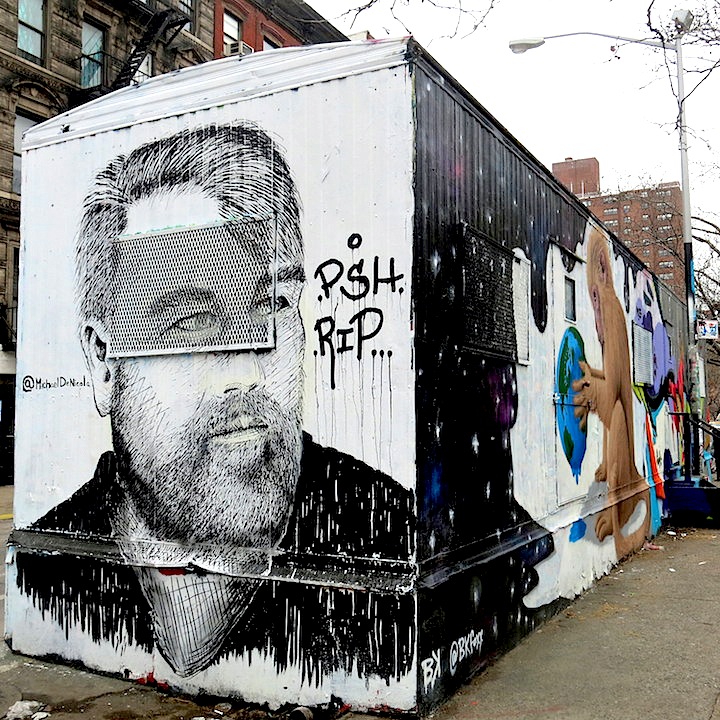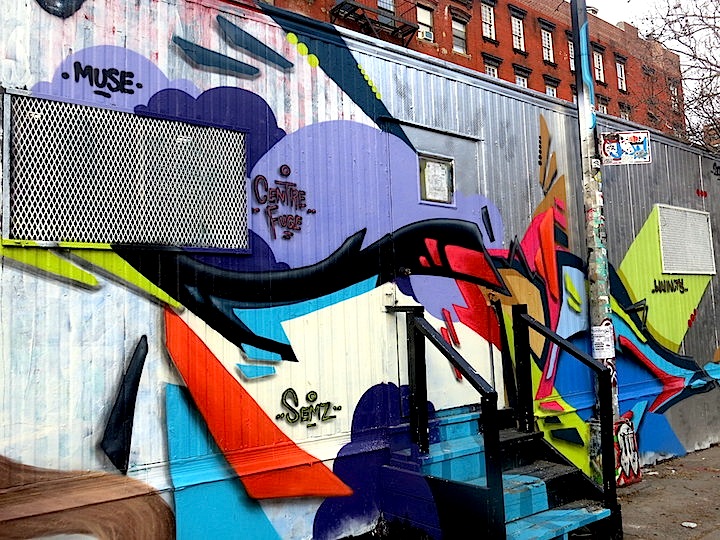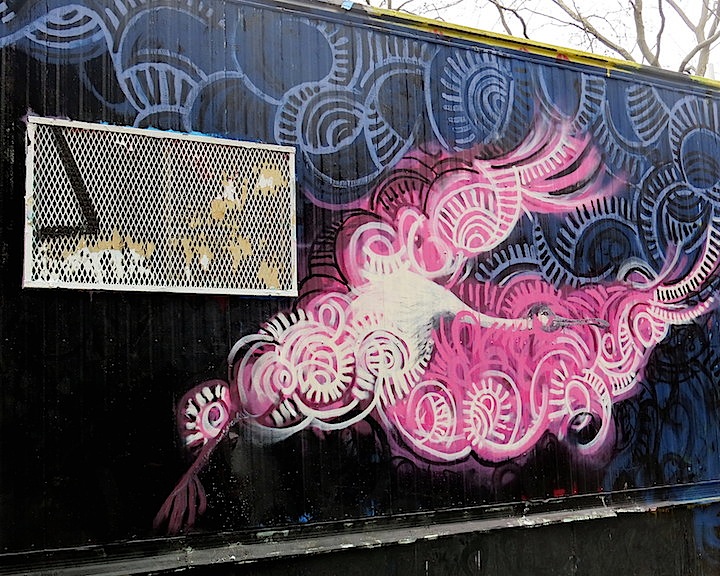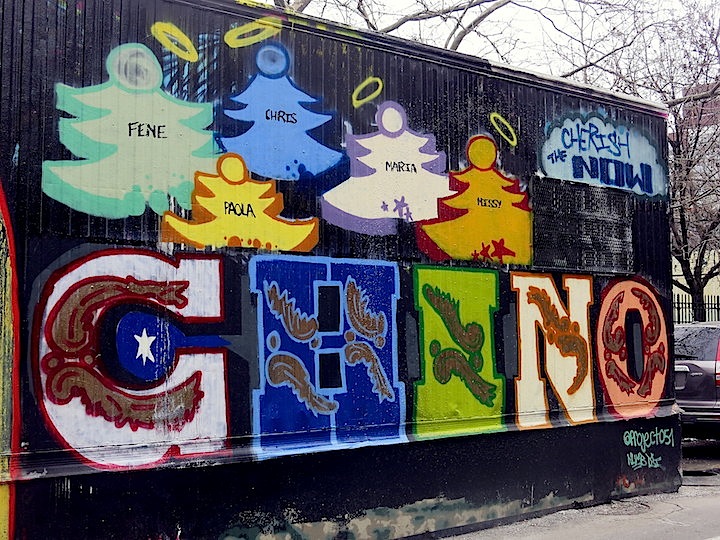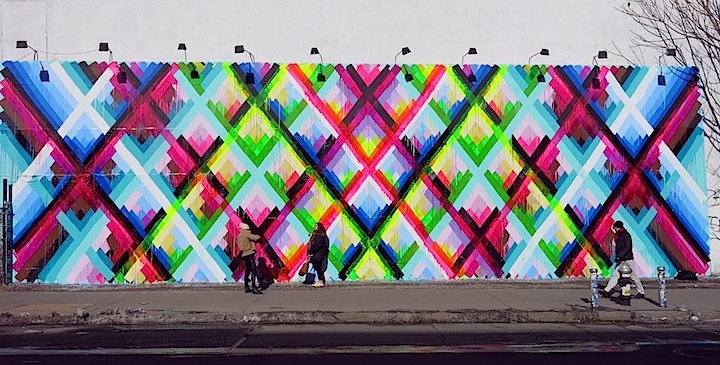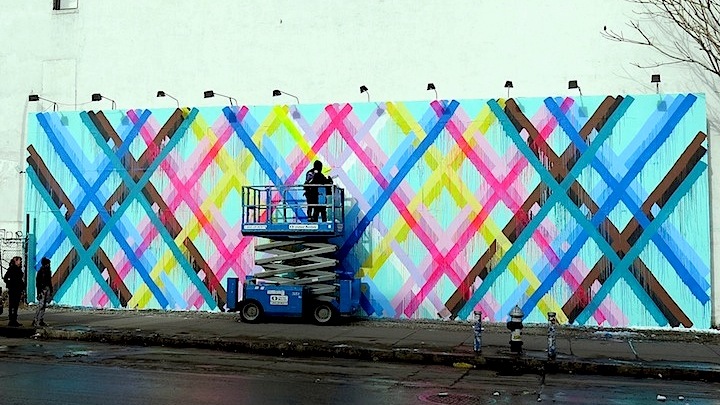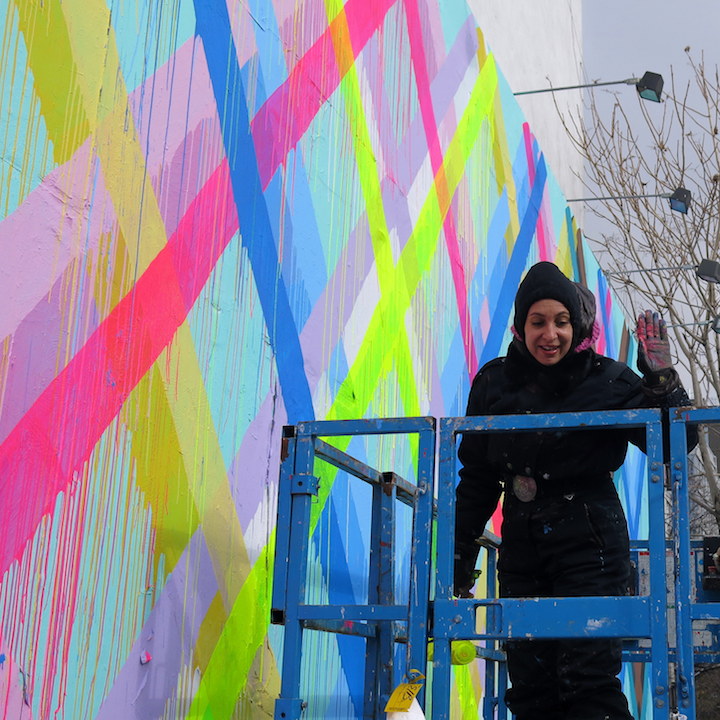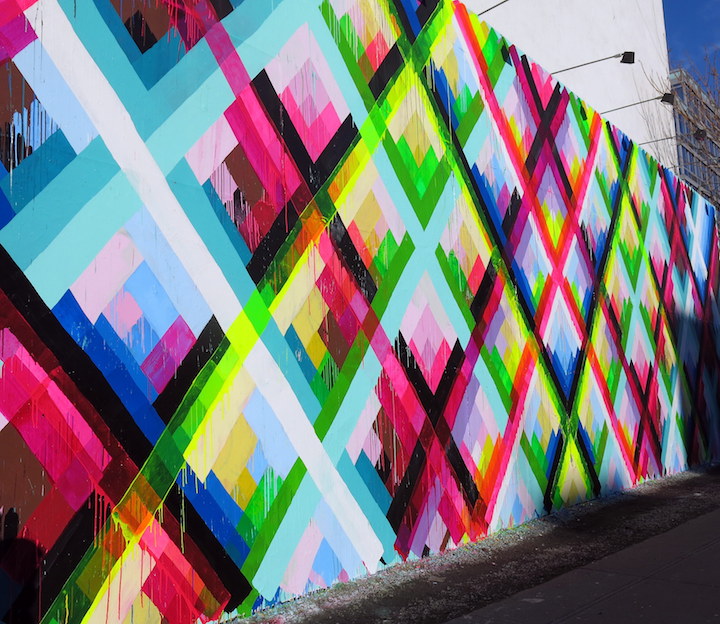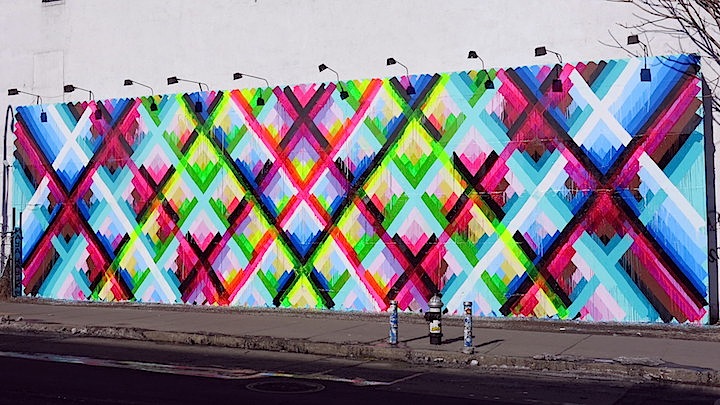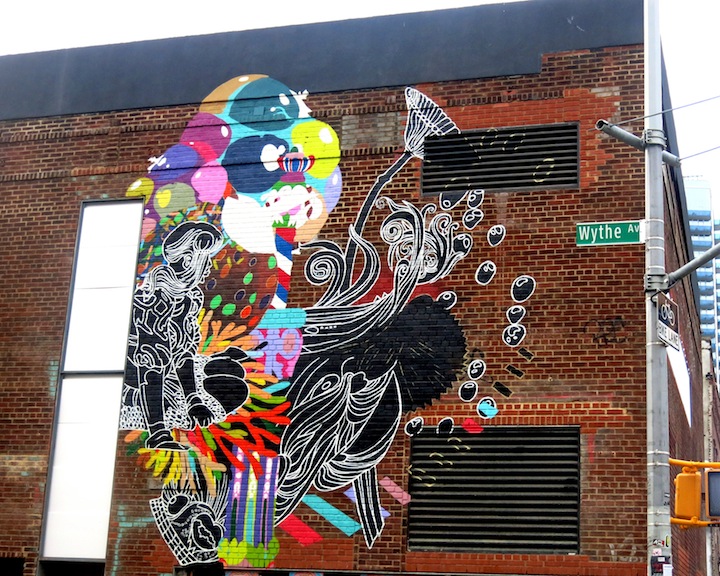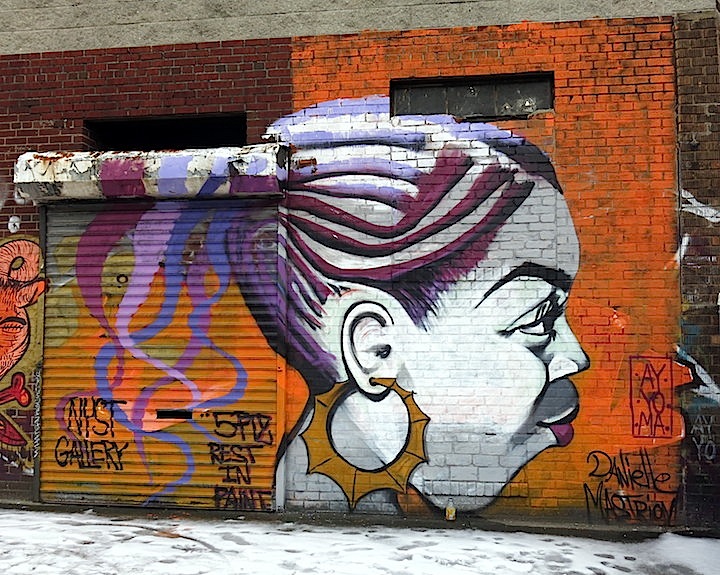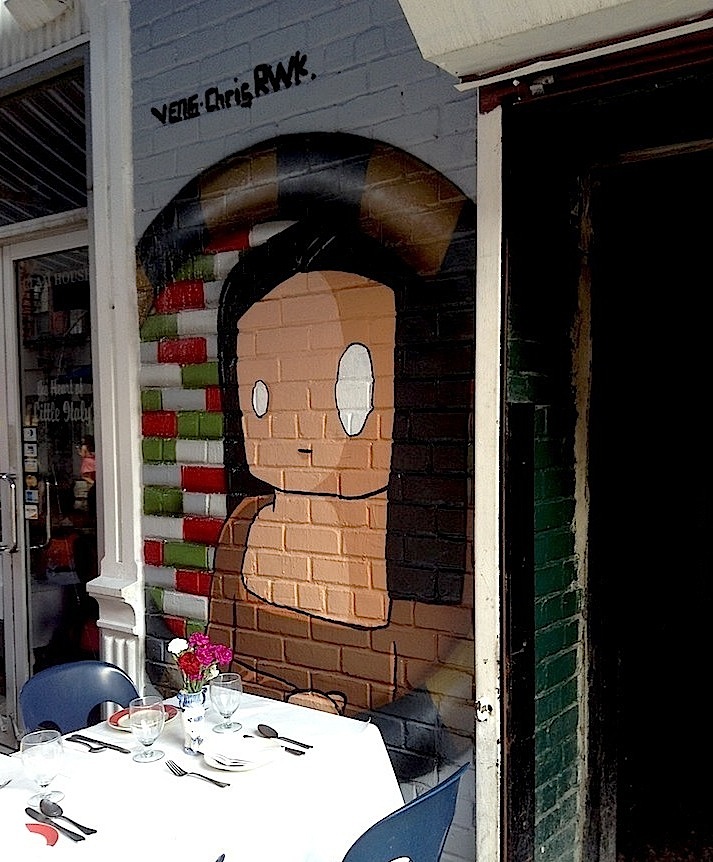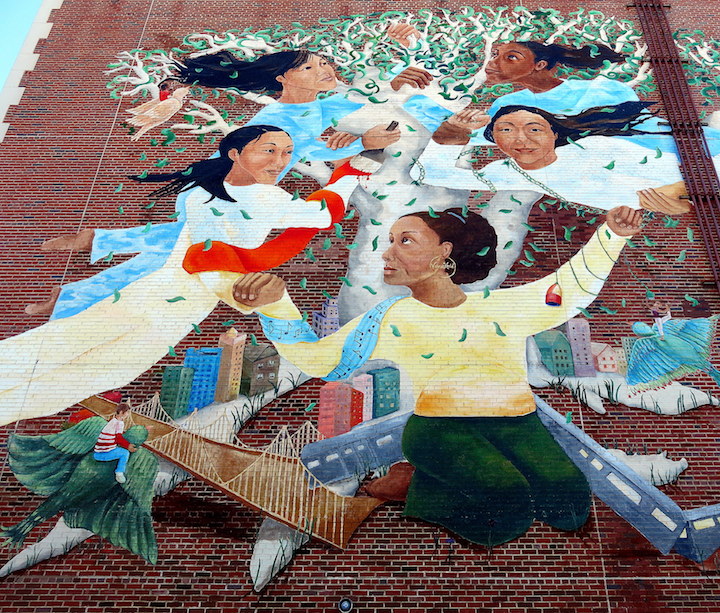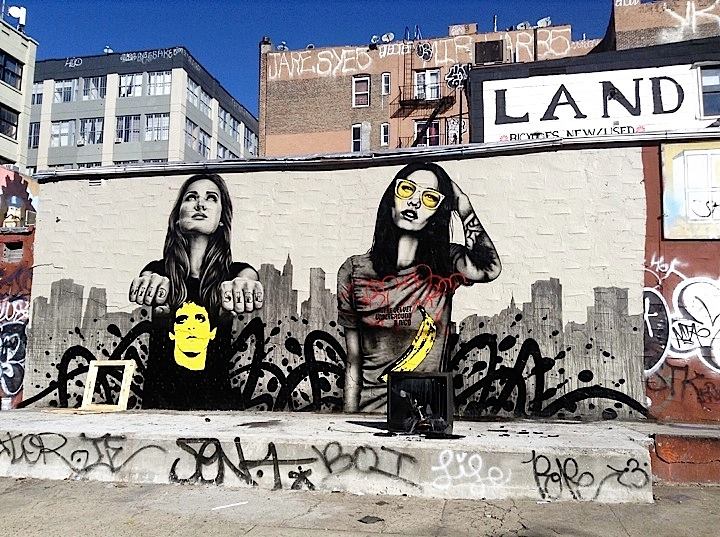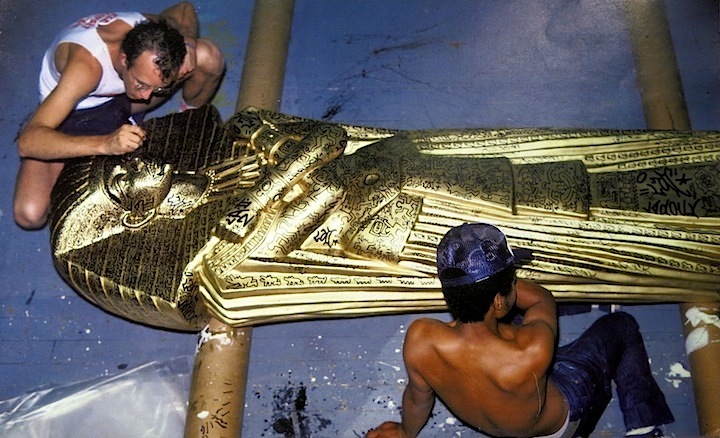
Based on the Lower East Side, LA2 creates bold, brightly-colored energetic works on a range of surfaces. Befriended by the legendary Keith Haring as a young teen, LA2 is best-known for his distinct tag that has earned him accolades both on the streets and in galleries and museums world-wide. I recently had the opportunity to interview him:
When and where did you first start tagging up?
I was 10 when I first started tagging. The street was my canvas. I lived on the Lower East Side, and so those were the streets that I hit.
Who or what inspired you at the time?
I noticed kids at the Boys Club and in school tagging up. And I was inspired by Lee Quinones’s work that I saw on subway cars and on walls in my neighborhood.
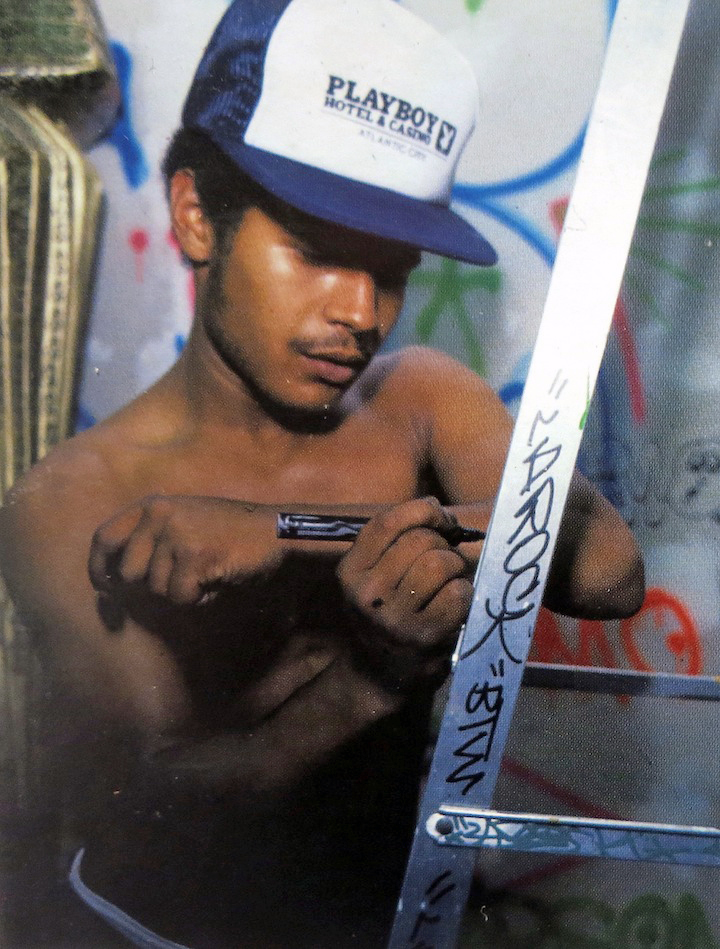
Did you tag alone or did you work with crews back in the day?
It didn’t matter. I just wanted to tag up. I worked mostly alone, but I did get up with TNS (The Non Stoppers) and El 3 (RIP), who later died when he was electrocuted by the 3rd rail.
You went on to collaborate with Keith Haring. How did you first meet Keith?
Keith was looking for me. He had seen my tag and wanted to find me. When Keith was working on a mural at Junior High School 22, Richie SOE came to my house and told me that Keith wants to meet me, and so I went over there.
How did Keith Haring’s work change after meeting you?
Before he met me, he was doing mostly simple characters. After we began working together, his work became more energetic. And soon after Rock Hudson announced that he had AIDS, Keith came out of the closet, and his artwork took on a more sexual tone.
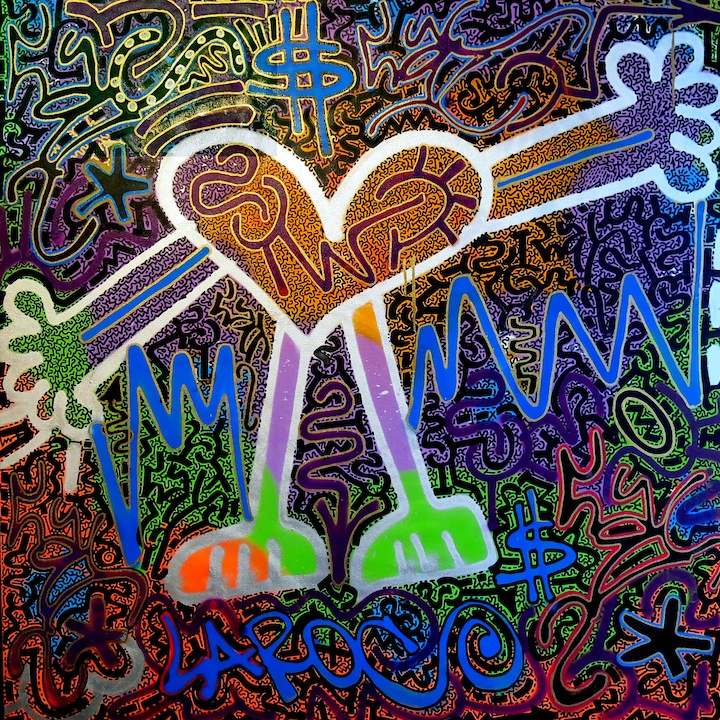
What was it like collaborating with Keith?
It was great. I’ve always been fond of Keith as a person and as an artist. We travelled to Europe together, and Keith made sure that I was paid what was due me. I feel grateful to Keith, but not to the Keith Haring Foundation. But that’s another story.
Your artwork has been exhibited in galleries worldwide. How do you feel about the movement of graffiti and street art into galleries?
I think it’s great. It’s a win-win for both galleries and artists. We artists have to make money to keep doing what we’re doing.
Any thoughts about the graffiti-street art divide?
There’s less and less of a divide. After Keith Haring collaborated with me, the museums had no choice but to accept graffiti. This past year, I became the first writer to paint in the Children’s Museum of the East End in the Hamptons.
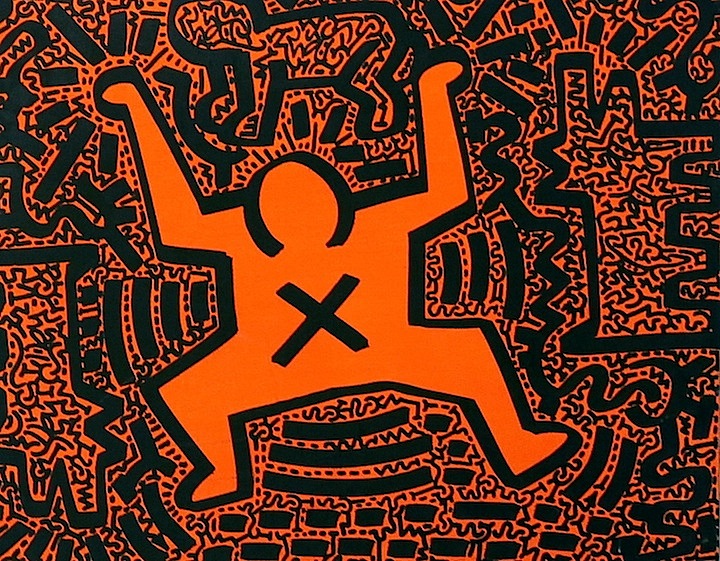
Who are some of your favorite artists?
They’re all dead. Keith Haring, Andy Warhol, and Basquiat were my favorites.
Do you prefer working alone or collaborating with others?
I generally work alone. But in addition to Keith Haring, I’ve collaborated with quite a few artists including Richard Hambleton, Kenny Scharf and my girlfriend’s daughter, Jasmin. And when Stik was in from London this past fall, I collaborated with him.
How do you feel about the role of the Internet in all of this?
I think it’s great. Since my girlfriend, Ramona, created the website, we’ve received invitations from galleries overseas in such countries as Italy and Germany.
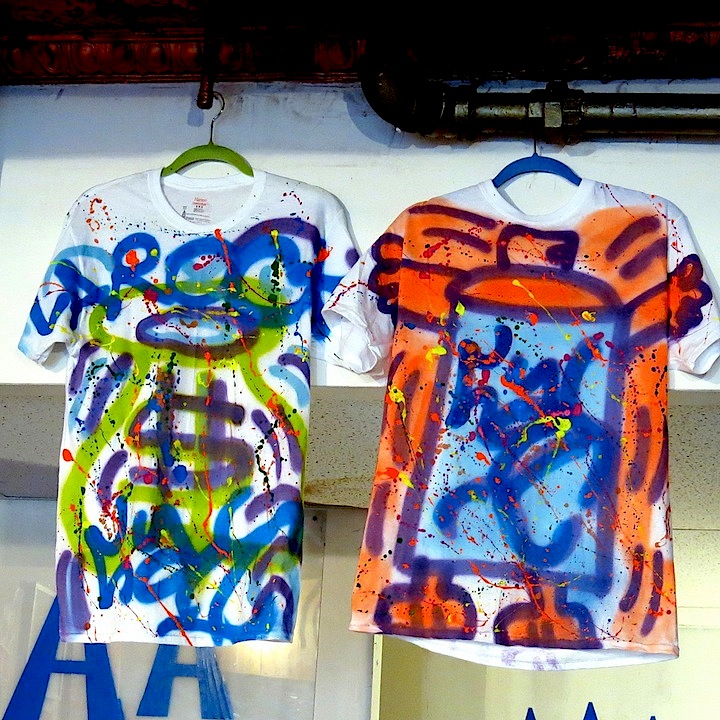
Do you have a formal art education?
No, I’m self-taught. I dropped out of Seward Park High School to travel with Keith Haring and help him establish his career.
What is the riskiest thing you ever did?
Just getting my tag up is risky. I’ve spent time in jail for that. Whenever I take my dog, Nico, for a walk, I tag when he pees. And I’ve gotten locked up for that, along with Nico. He’s gotten locked up, too!
What inspires your art?
It’s inspired by my emotions…the things I go through… my thoughts and feelings. Creating art is how I express myself.
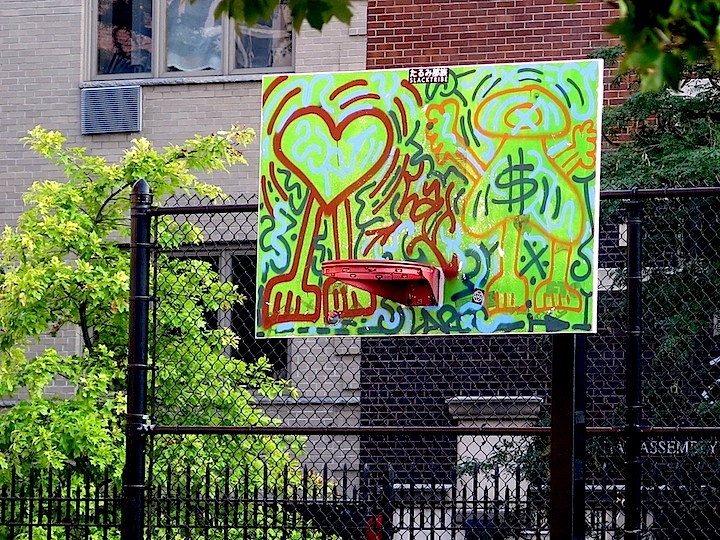
Do you work with a sketch in hand?
Never, it’s all straight out of my head.
Are you generally satisfied with your finished piece?
I’m always happy. I love them all.
How has your work evolved through the years?
It has gotten more detailed. There’s more line work and people tell me that it’s tighter.
What do you see as your role — as an artist — in society?
My particular role is to educate kids on how to express their creativity in a healthy way. They need to use the right materials and to cover their faces. I developed health problems (COPD) by not protecting myself when painting. I love lecturing kids and working with them. I will be doing a workshop with children this spring at the Angel Orensanz Center in conjunction with the Fridge Art Fair.

What do you see as the future of graffiti?
It’s going to become more and more valued as an art form.
The Europeans have always seemed to value it more than we have. Why do you suppose they are so much more receptive to graffiti than we here in the States are?
It’s because they appreciate art more, in general. It’s always been that way. And on a personal level, Paul Kostabi sold my art in Italy 20 years ago, gaining the attention and appreciation of Europeans.
What’s ahead for you?
Traveling, exhibiting both here and overseas, educating the youth and continuing to become healthier.
Editor’s note: A selection of LA2’s work in on exhibit at City as Canvas: Graffiti Art from the Martin Wong Collection at the Museum of the City of New York. Curated by Sean Corcoran, it opens tomorrow, February 4, and continues through August 24.
Interview conducted and edited by Lois Stavsky; first two photos — of LA2 collaborating with Keith Haring and of LA2 tagging — originally published in Keith Haring, Rizzoli — courtesy of LA2; all other photos by Dani Reyes Mozeson
